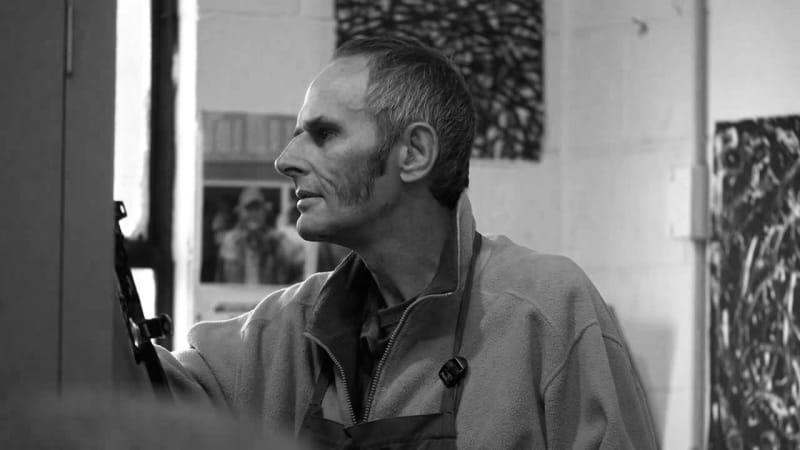Andrew Blythe (b. 1962) is a self-taught artist who has worked daily for the past 18 years at the Toi Ora Live Art Trust, a community arts center in Auckland, New Zealand, which provides gallery space for people who have experienced mental illness. Blythe was recurrently hospitalized in his adolescence, and it was at this time when he started making art. The artist sees his paintings as an ongoing dialogue of free expression and catharsis, saying: “I am an empty vessel when I paint.”
Through recurring and precise mark-making, Blythe weaves rich visual textures that are as mysterious as they are concrete; paint obscures the surface or “emerges” from it, resulting in works with aboriginal or cosmological associations. Because there is no plan in place before he starts working, the patterns produced through repetition take on a ritualistic dimension—or the artist channeling an internal rhythm into a deeply personal geography. Blythe is figurative only to the extent that he often incorporates language and signs; a kind of enigmatic and emotionally charged binary code that can be read in terms of graphic power or as a conduit to meaning: a large “no” reads loud and sharp, whereas a dense grouping of “x”s reads as the jumbled collective voice of a crowd. “I try to beautify my beasts,” says the artist, who reveals that he hears voices “all day, all the time.”
